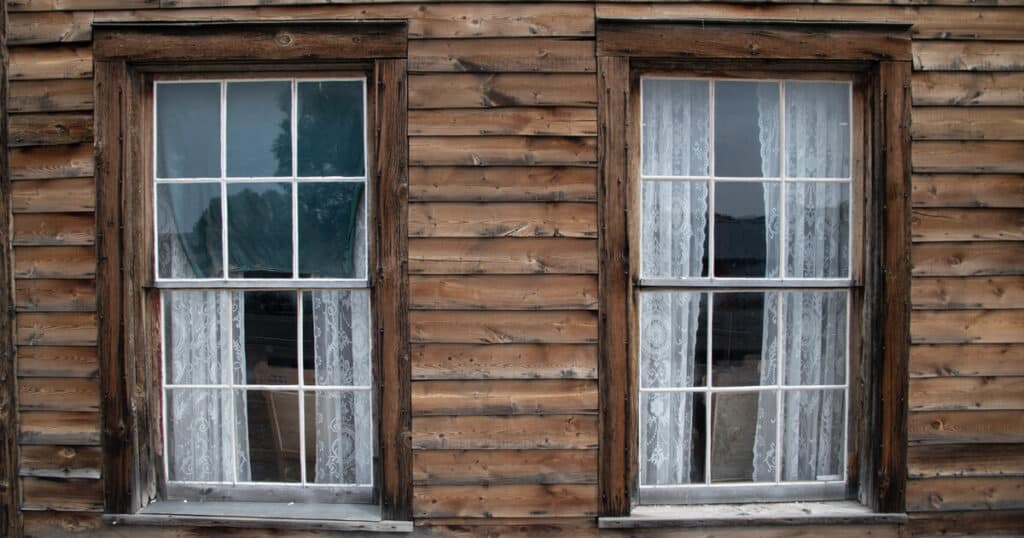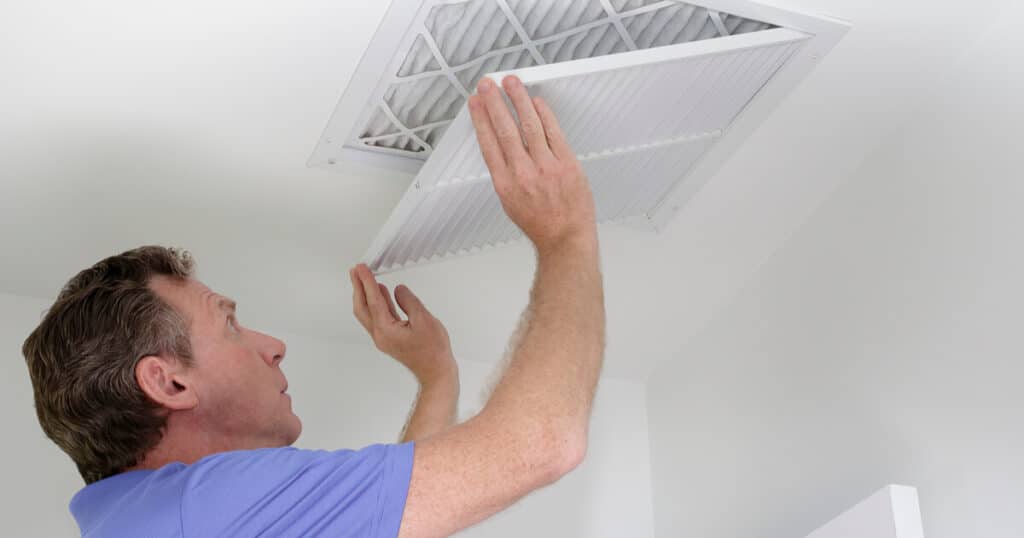Why is there always that one cold room in the house that never seems to warm up—no matter how high you set the thermostat?
It’s not uncommon for some rooms of the house to feel cooler than others. Sometimes, this is the result of natural causes—like sun exposure or the presence of an exterior wall. Other times, the culprit is something entirely fixable—like blocked vents, poor insulation, or HVAC inefficiencies. The keys to restoring balanced warmth to every room in your house are identifying the root causes and pursuing the right solutions.
Let’s get started.
Exploring 3 Common Causes of a Cold Room in the House
Temperature imbalances in the home can often be traced back to three causes.
1. Airflow Restrictions
When one room in your home is colder than the others, the problem often starts with airflow. Your HVAC system is designed to distribute heated air evenly, but if something is blocking or limiting airflow, certain rooms may not get the warmth they need. Here are the most common airflow issues that can lead to a cold room in the house:
- Closed or Blocked Vents can restrict airflow, preventing warm air from reaching the room.
- Closed Doors can limit air circulation, trapping warm air in some areas while leaving others colder.
- Dirty Air Filters reduce airflow, making it harder for heat to reach rooms farthest from the furnace. If your HVAC is blowing cold air in winter, dirty air filters could be to blame.
2. Heat Loss
If warm air is circulating properly throughout your home but one room still feels colder, the problem could be heat loss. When warm air escapes faster than it’s replaced, the room struggles to maintain a comfortable temperature. Here are the most common ways heat loss occurs:
- Poor insulation allows heat to escape through walls, ceilings, and floors, making rooms above garages or with exterior walls harder to keep warm.
- Drafty windows and doors allow cold air to seep in and warm air to escape, especially if seals are worn out or the windows are single-pane.

3. HVAC System Issues
Sometimes, a cold room in a house is a sign that your HVAC system isn’t distributing warm air evenly. Here are the most common HVAC-related causes of a cold room in a house:
- Ductwork issues can lead to uneven airflow. When ducts are improperly sized, poorly routed, or leaky, hot air can escape before it ever reaches its destination.
- An undersized furnace will struggle to push warm air into every room, making distant or exposed areas of the house colder. This is common after a renovation or addition.
- A short-cycling furnace will turn on and off too frequently to heat every room adequately. This is often the result of thermostat malfunctions, overheating, or clogged components.
- When homes lack zoning systems, a single thermostat regulates the temperature of the entire home. Rooms that are less exposed to the sun or less insulated will not receive the individualized temperature control required to regulate their temperature properly.
Once you’ve determined the root cause of a cold room in the house, you can begin to work towards a solution.
3 Solutions to Restore Warmth To a Cold Room in the House
Bringing balance to your home’s indoor air temperature is well within your reach. After pinpointing the cause, implement one or more of these solutions.
1. Address Airflow Restrictions.
If warm air isn’t reaching a room, simple adjustments can help improve circulation and restore comfort:
- Make sure vents are fully open and clear of furniture, rugs, or curtains that might be blocking airflow.
- Keep interior doors open to prevent pressure imbalances and promote even temperatures throughout the home.
- Check and replace dirty air filters every 1–3 months, especially during peak heating season, to keep warm air flowing efficiently.

2. Prevent Heat Loss.
If heat is escaping faster than it’s being replaced, small upgrades can make a big difference in keeping your home warm.
- Boost insulation by adding spray foam, fiberglass batts, or blown-in insulation to walls, attics, and crawlspaces to trap heat where it belongs.
- Seal drafty windows and doors with weatherstripping or caulk to block cold air from sneaking in and warm air from escaping.
- Improve window efficiency with heavy curtains or thermal blinds, and for a long-term fix, consider upgrading to double-pane or energy-efficient windows.
3. Remedy HVAC Issues.
If your HVAC system isn’t distributing heat evenly, a few adjustments can help restore comfort and efficiency.
- Balance the ductwork by adjusting dampers and checking for leaks to ensure warm air reaches every room. An HVAC technician can fine-tune airflow and make necessary repairs for optimal performance.
- Upgrade an undersized furnace if you have expanded your home through renovations or additions, ensuring the new furnace has the power to heat every space effectively.
- Prevent short cycling with regular HVAC maintenance to catch issues like thermostat malfunctions, clogged filters, or overheating components before they disrupt your home’s warmth.
- Install a zoning system with multiple thermostats to give different areas of your home independent temperature control, reducing cold spots and improving efficiency.
*If you live in Virginia, the HVAC experts at SwiftPro can help troubleshoot, repair, or replace your HVAC in Fairfax.
Could an imbalance in my HVAC system cause one room to be colder than others?
Yes. An imbalanced HVAC system can cause uneven heating due to improperly sized ducts, incorrect damper settings, or the system’s age. If you live in Virginia, SwiftPro is happy to service your HVAC in Fairfax.
How can I check to see if my windows are allowing heat to escape?
You can check for window-related heat loss by feeling for drafts around windows, looking for visible gaps or cracks, and inspecting for condensation between panes (a sign of broken seals). Holding a candle or lighter near the window frame on a windy day can also reveal air leaks if the flame flickers.
How can I insulate a cold room?
You can apply weatherstripping or caulk around your windows, add thermal curtains, install draft stoppers, and use area rugs to insulate your room.
A cold room in the house can be frustrating, but SwiftPro HVAC is here to help. Our team specializes in diagnosing HVAC inefficiencies, sealing duct leaks, and optimizing airflow through air duct cleaning in Fairfax, VA, ensuring every room in your home stays cozy. If you live in Virginia, take the first step toward whole-home comfort and trust Swiftpro for your Fairfax HVAC needs.




